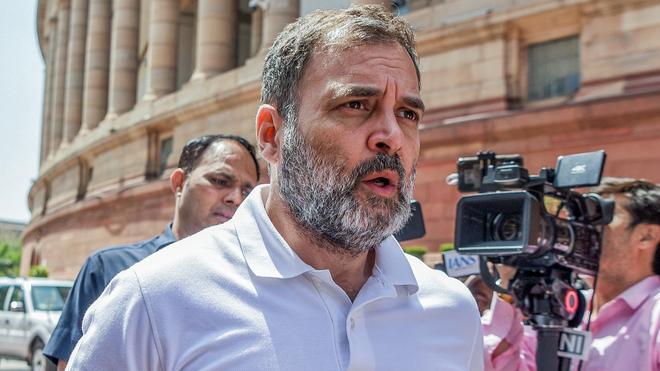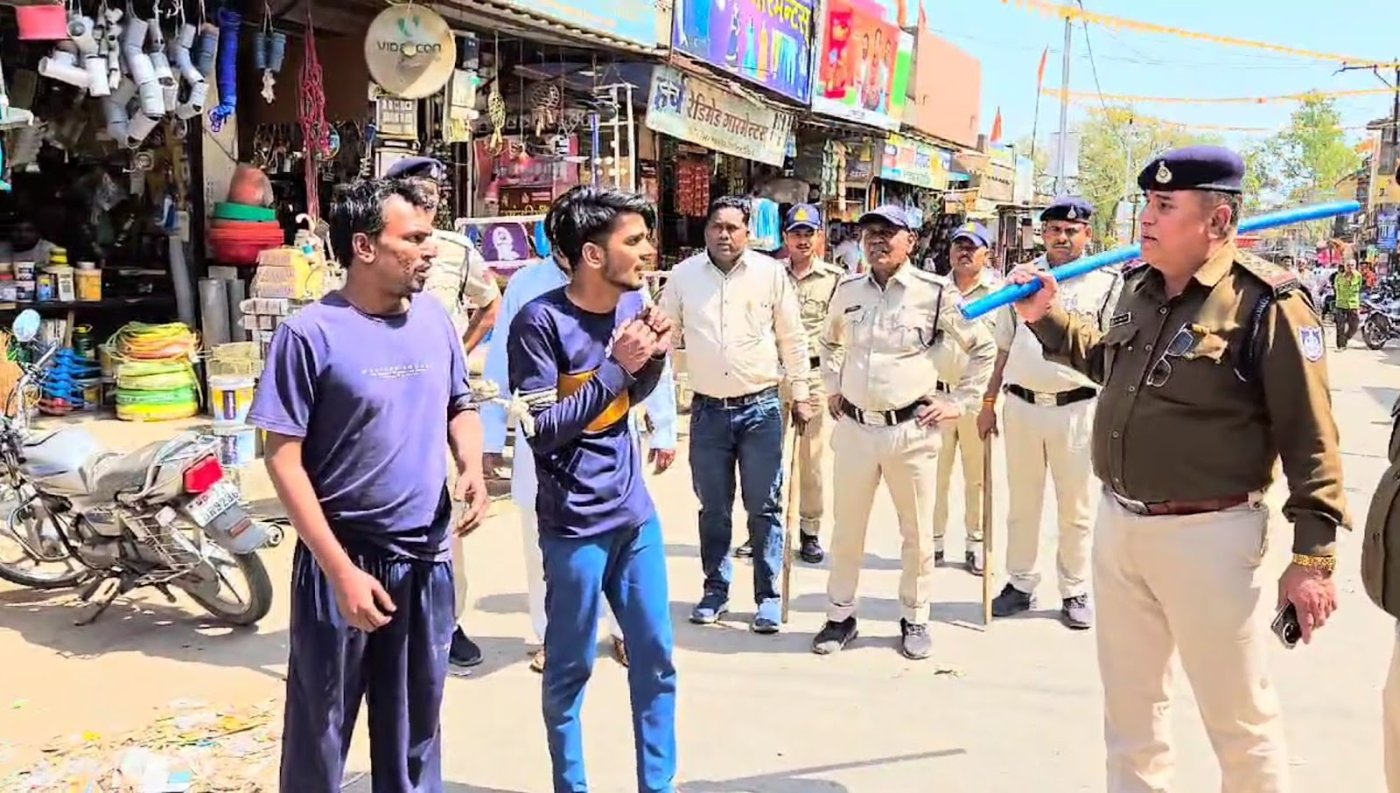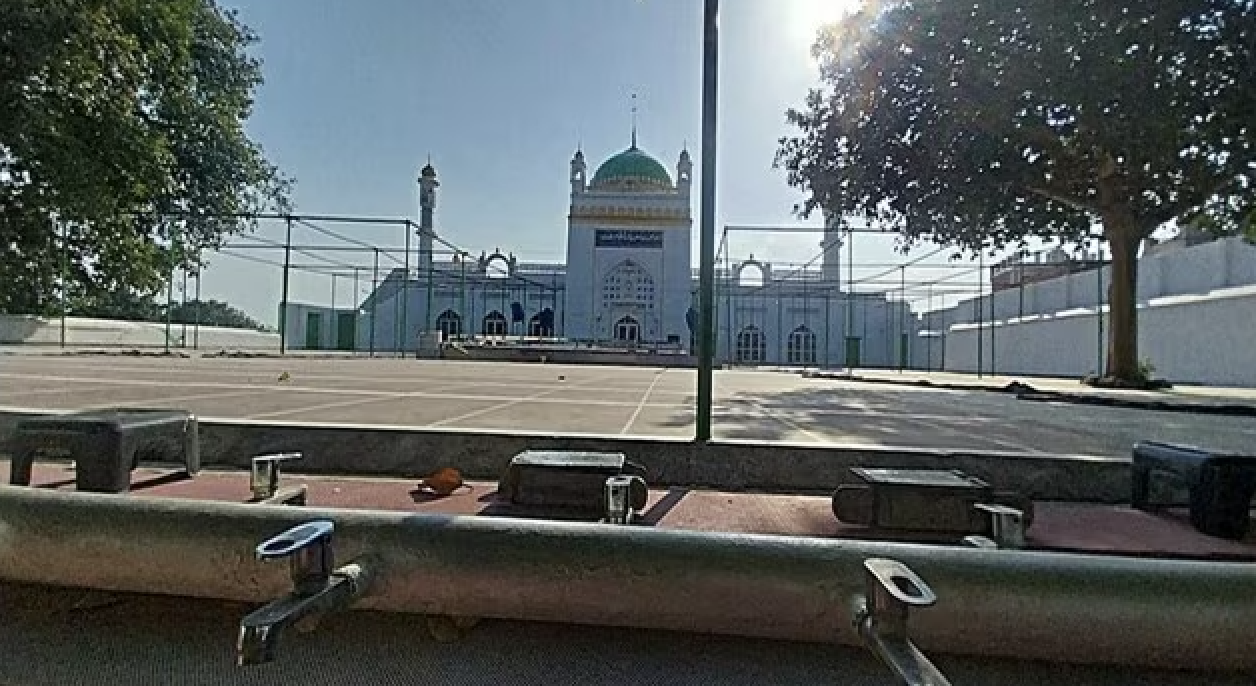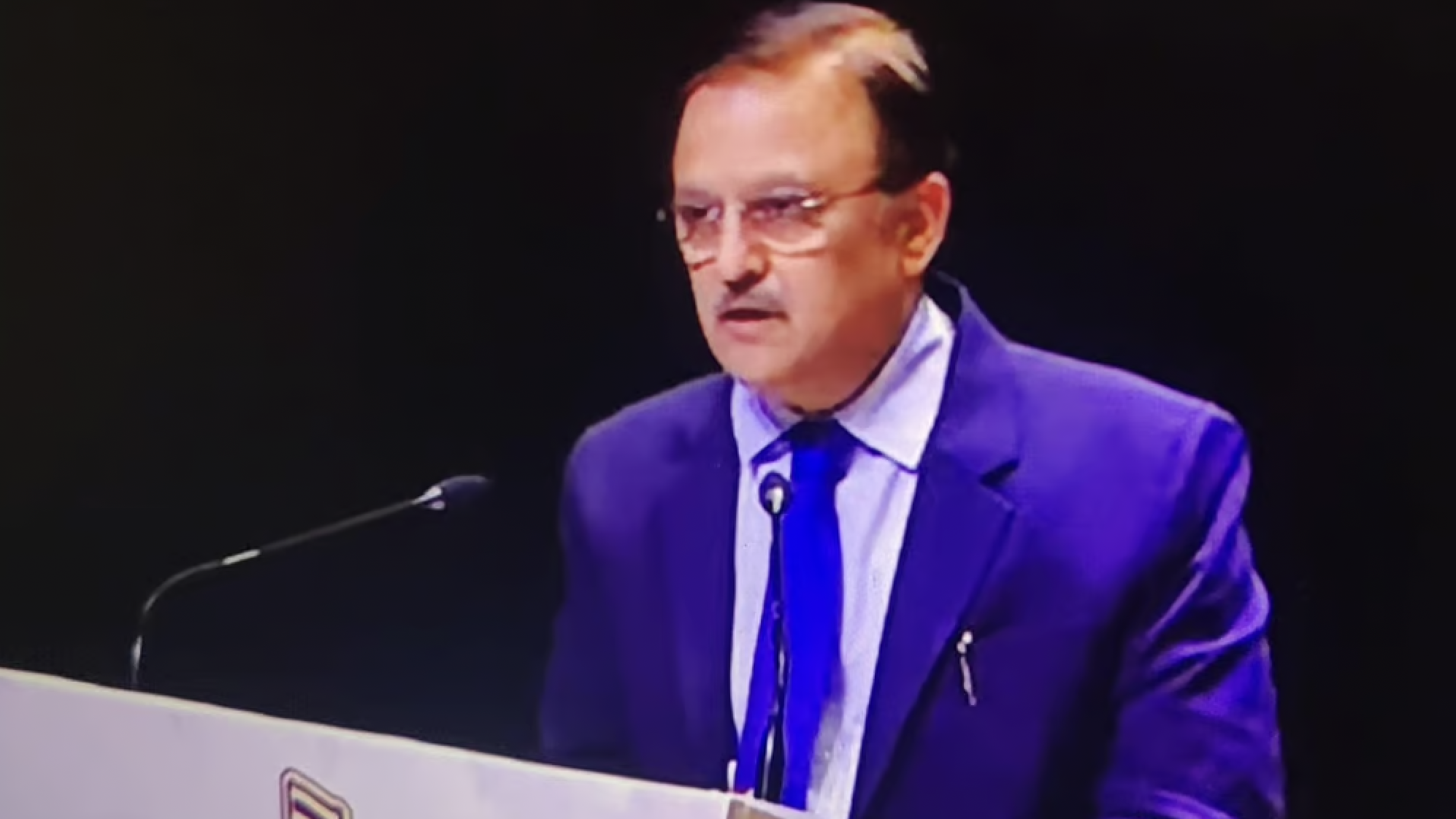
By
“I was the only Muslim student in my class.”
In many ways, this sentence is the foundation on which the Indian Muslim student’s experience rests. There is also a distinctly defining moment when the student will become acutely and rudely aware of their identity – reduced to their surname, stripped away of any intellectual bearings they might possess, and left quite forlorn in an increasingly hostile world.
For me, this “moment” arrived rather unexpectedly in sixth grade. Our teacher was explaining the trigger behind the national uprising of 1857 – when Hindu and Muslim soldiers unitedly rose against the British after a rumor spread that the new bullet cartridges were laced with lard (pork fat) and tallow (cow fat).
After all, cows are sacred for the Hindus. But pork? The history teacher was more than happy to put all the murmurs at rest. “Ask Arman,” she smirked. “You can hurl any abuse at a Muslim but if you call him swine, he will not take it.”
The next two weeks that followed were perhaps the most traumatic years of my childhood. Almost every second classmate casually called me a swine. This left me feeling hollow and a little less enthusiastic to go to school every day.
I started detesting history, afraid that its seemingly innocuous textbooks would somehow equip my classmates with a new set of bullets laced with hate.
Now, viral videos of Muslim students and teachers being asked to remove “that,” aka the hijab, in the colleges of Karnataka understandably bring back the little battles that many of us have been navigating all our lives.
Islamophobia and its ugly intersection with our educational institutions have always existed. In Tier 2 cities and villages, this takes a more demonic form. In an extensive study conducted by Human Rights Watch (HRW), it was found that Muslims, Dalit, and tribal students in these areas bear the brunt of some of the most brutal forms of discrimination — from being called “dirty” and asked to clean toilets to facing a lack of schools in Muslim-dominated areas.
In the sub-section of the study titled “Muslims,” we see the case of Sahir from the Goyla Dairy slum in Delhi. He talks about being frequently beaten and humiliated in the class, as Hindu students look at him and snigger. While Javed, from the same school, shares how teachers don’t give him permission to use the toilets and refer to him as a “mullah” when they get angry.
Only last year, a grade eight modern history textbook in the state of Telangana had the picture of a “terrorist” holding a gun in one hand and the Quran in another. In 2020, while the world grappled with the terror that was Covid-19, 47 Muslim girl students were reportedly made to sit outside their classroom for an exam because there wasn’t enough space inside.
But inside the spacious classrooms of our world-class metropolis colleges, where the sun shines bright across French windows, the reality is no different. Ali, a 25-year-old lawyer based in Mumbai recalls how even young, highly educated law professors end up eventually revealing their Islamophobic fangs.
“During a lecture on family law,” he says, “while explaining the Islamic section, [the professor] told the class categorically and with confidence that, for Muslims, it all boils down to lust.”
In Mothering A Muslim, Nazia Erum surveys the disturbing range of bullying and harassment that Muslim students face in Indian schools to answer the difficult question of how children as young as seven or eight can possibly learn to hate.
“The bullies are only repeating what they hear in their homes,” Erum writes. “Our conversations are laced with hate and awareness of the ‘other’, and it is natural for children to start mirroring this in their words.”
According to Ghazala Wahab, author of Born a Muslim: Some Truths about Islam in India, the source of the multifaceted demon that is Islamophobia comes from an acute sense of ignorance in our classrooms – the lack of knowledge about the Islamic way, or the failure by non-Muslims to grasp the nuances of the Muslim culture.
“But Muslims must also take the blame for the lack of visible representation in our schools,” she says. “For centuries, we’ve had schools run by Christian missionaries to the point where saying the Lord’s Prayer in the morning doesn’t seem like a religious activity anymore – even though it clearly is.”
Wahab also points out how many Hindu rituals have been gradually and organically normalized too – whether it is the lighting of the lamp before an event or recital of the Gayatri mantra in many schools.
“We should have invested in building credible [Muslim] institutions of education,” says Wahab. “The onus is also on us to ensure that the Muslim way of life is normalized to the point where it is widely understood and accepted.”
The few rare exceptions such as the Jamia Millia Islamic University in Delhi and Aligarh Muslim University in Uttar Pradesh, she believes, show us the way. “So, in these spaces, everything from the usage of Urdu to the recital of Iqbal’s poems is widely accepted and normalized.”
But even these spaces are no longer the safe havens they used to be. Jamia Millia Islamic University, consistently ranked in the top spot of the QS rankings, faced perhaps one of the most violent attacks in 2019 when Delhi police reportedly entered the campus, forcefully barged into the library, and arrested students en masse under the pretext that there were anti-national elements among the students who were protesting against the Citizenship Amendment Act.
For Fiza, who was part of the university since 2015 and now works as a journalist, the attacks cast a long shadow on what was safe and unsafe in India’s capital. She was also present in the library when the incident occurred.
“All we could see were tear gas shells all around us,” she recounts. “The fact that a rather politically dormant college campus was coming out to protest in droves was unfathomable to the state.”
That night, Fiza’s parents, who knew she was in the library, recoiled in terror as they saw visuals of students being carted off the campus with their hands raised. “In the past, whenever I’ve told them that I have entered Jamia, they relax,” she says. “They always believed that nothing bad could happen to me there.”
Ghazala Jamil, assistant professor at the Centre for the Study of Law and Governance in Jawaharlal Nehru University, says that discrimination takes many forms and the same must also be understood from the way our cities are geographically organized.
“It’s not that only Muslims are segregated and others are mixed because residential areas in India are strongly marked by class and caste divisions anyway,” she says. “It begins early, with parents often showing these faultlines to the youngsters and dictating who to make friends with and what kind of people to stay away from.”
In higher education, particularly for Ph.D. courses, Jamil says the road for a Muslim student is often a lonely one. “Dalit students and teachers find a way to come together on campus so there’s a sense of community among them even if they are being discriminated,” she says. “But for Muslims, who are present without any quota, there is none of that. For many [Muslim Ph.D. students], even getting any mentoring is difficult.”
In her book Accumulation by Segregation: Muslim Localities in Delhi, Jamil probes the politics of segregation. Articulating the crux of the book, she tells me that even if “elite schools are geographically accessible” to Muslims, the gatekeeping to filter out the larger Muslim crowd is evident.
“Across India, private school admissions are either minimally regulated or not regulated at all. So, in Delhi, only entry-level Nursery/KG admissions are regulated. Private schools pretty much do what they want and act as autonomous fiefdoms.”
And the crudest manifestation of this gatekeeping manifests itself in post-riot scenarios too, even between students.
Faraz Arif Ansari, a filmmaker based in Mumbai, whose recent work Sheer Qorma was widely praised for its sensitive portrayal of queerness within the Muslim milieux, has stark memories of post-1993 riots in Bombay.
“After the riots, when the school opened up again, a friend, who was my usual bench mate, refused to sit next to me,” they say. “Later, during our recess, when I asked him why, he just said – ‘Mom said I cannot be friends with Muslims.’ I remember it so vividly because, for unexplained reasons, it was truly the first time my faith stood out like a sore thumb.”
Naturally, the long shadow of discrimination follows Muslim students, globally, when they seek employment too. In 2015, the plight of one 22-year-old Zeeshan Khan went viral when he was explicitly and officially denied employment purely on the basis of his religion.
The corollary to the “only Muslim in the class” experience is mirrored in workplaces too. According to a study published last year, Being Muslim at the Workplace conducted by the feminist collective Parcham in association with the Tata Institute of Social Sciences (TISS), it was found that a Muslim employee will face discrimination regardless of the number of employees.
The report further found that recruiters shy away from hiring “hijabi women” lest they come across as regressive in their hiring practices. The study’s sample consisted of largely urban, English-speaking, upper-caste Muslims in the age range of 27 to 40 years.
The Karnataka controversy has only reinforced the fact that Islamophobia remains a multi-pronged demon that has always been the rotten nucleus of the very spaces meant to contain and mitigate it. Along with Islamophobia’s obvious, long-term impact on mental health and self-esteem, its many ramifications continue to haunt Muslims well into their adulthood and beyond.
This story first appeared on theswaddle.com






